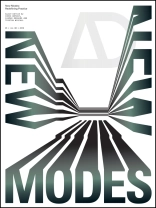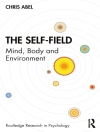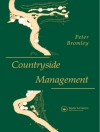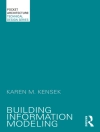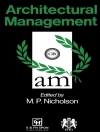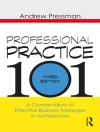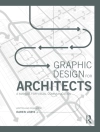New modes of practice are now emerging in architecture. Rural Studio, Exyzt, Muf, Assemble and many more have led the way by challenging conventional ideas of ‘The Architect’ and reclaiming the notion of architecture as something public that should work ultimately towards the collective good. This quiet revolution is born out of a crisis in the profession and a wider vacuum in the political, environmental and economic situation. On the one hand, architecture as a profession has seen its influence diminish rapidly over the last 50 years through privatisation and the dominance of finance, while on the other hand it has also lacked collective courage and readiness to evolve. Without necessarily being aware of each other, studios around the world are now redefining the profession of architecture as something more proactive, self-aware and political. They are broadening their skill sets and becoming deeply involved in their projects, initiating them themselves, financing them and running them. Though much of this work is dealing with local issues at a relatively small scale, it is inherently ambitious with global application.
- Contributors include: Shumi Bose, Indy Johar, Alison Killing, Douglas Murphy, and Finn Williams
- Featured architects: Aterlier d’Architecture Autogérée (AAA), adamo-faiden; Baupiloten, Grupo Toma, Hector, Inteligencias Colectivas , raumlaborberlin, studio BASAR, Studio Gut Gut, Taller Ken, and We Made That.
विषयसूची
About the Guest-Editors 5
Introduction: The Changing Forms and Values of Architectural Practice 6
Constitutive Crises: Radical Practice and the Definition of the Centre 14
Diversification of The Role: Financing the Expanded Field: Adding Value Through Innovative Practice 22
Building Digital Stories: Architecture and Cartography Meet Documentary and Journalism 30
Towards an Intermediary Practice: Bucharest Laboratory 38
The Architect as Optimist: Carl Turner 44
The Power of Localism: Architectural Localism as Damage Control in the Face of Globalism and Digitisation 50
Co-produced Urban Resilience: A Framework for Bottom-Up Regeneration 58
Collective Intelligences: The Future is Hybrid 66
Seriously Playful: Designing Beyond the Expected in Guatemala City 72
Architect as Disruptor: Going from Zero to 00: Indy Johar on Shifting the Focus of Practice from Objects to Outcomes 78
Down by the River: Design for Organising 86
Bricks and Mercury: A Story of Buildings and Ideas 92
Shifting the Line: Reclaiming Space for Social Interaction 98
Policy Strategy and Common Good: Designing Upstream: Rebuilding Agency Through New Forms of Public Practice 104
Common Scales: From the Intimate and Human to the Strategic and Influential 116
Participative Architecture: The Way to More Environmental Justice 122
Counterpoint: Practising in the Margins High Turnover, Low Cost 128
Contributors 134
लेखक के बारे में
Chris Bryant worked at Arup Associates and Make Architects, before co-founding the Alma-nac in London in 2010. His theoretical work has been widely published. Alongside teaching Architecture at Birmingham University, Chris chairs the RIBA Small Practice Panel and the Guerilla Tactics event.
Caspar Rodgers worked with practices in the UK, Australia and Japan, including Sean Godsell, Foster + Partners and Ian Simpsons Architects, before co-founding Alma-nac. He has had his writing published in various books and periodicals, including Icon, Blueprint and Wallpaper. He teaches Architecture at Oxford Brookes University.
Tristan Wigfall worked at a range of practices in both North America and the UK, including Cullinan Studio and Cottrell and Vermeulen, before co-founding Alma-nac. Alma-nac is an ideas-driven, research-based practice.
